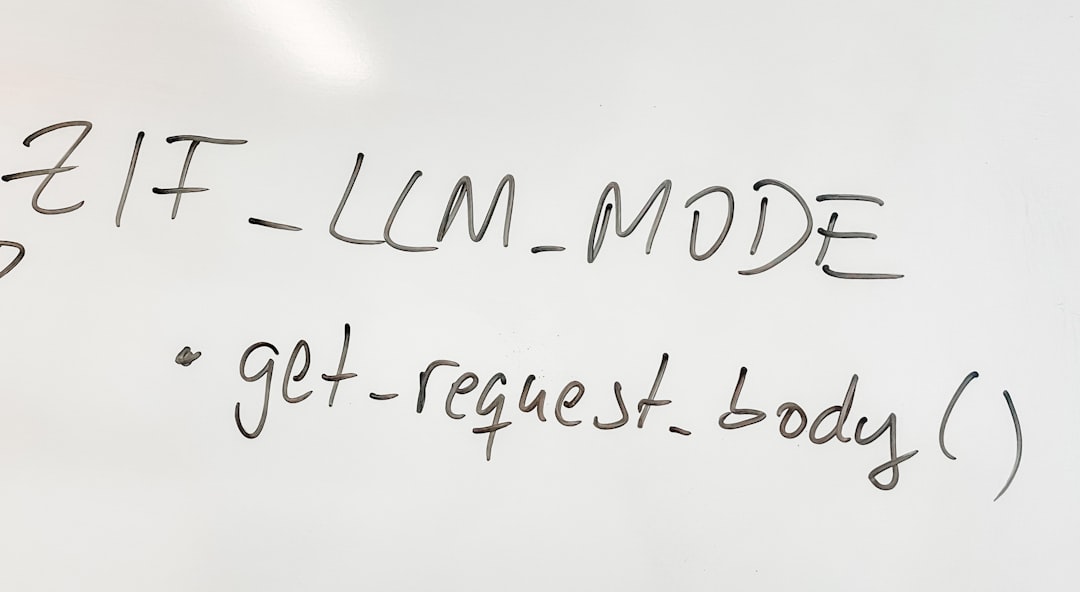Anything LLM: Unlocking the Potential of Large Language Models
Introduction
In the rapidly evolving digital landscape, Artificial Intelligence (AI) has emerged as a transformative force, and at its forefront is the enigmatic Anything LLM. This cutting-edge technology, based on large language models, has captivated researchers, businesses, and policymakers alike with its remarkable capabilities. The concept of Anything LLM is not merely a passing trend but a game-changer that promises to revolutionize various sectors, from healthcare and education to customer service and content creation. This comprehensive article aims to unravel the complexities of Anything LLM, exploring its impact, potential, and challenges in an increasingly AI-driven world. By delving into its various facets, we will empower readers with insights into this powerful tool and its implications for the future.
Understanding Anything LLM: Unveiling the Basics
Definition: Anything LLM refers to Large Language Models (LLMs) that are designed to understand and generate human-like text, capable of performing a multitude of language-related tasks across diverse domains. These models are trained on vast amounts of textual data, enabling them to learn patterns, grammar, semantics, and context, thus mimicking human communication.
Core Components:
-
Training Data: LLMs rely on extensive datasets, often consisting of books, articles, websites, and other text sources. The quality and diversity of training data significantly impact the model’s performance.
-
Architecture: These models are built using neural network architectures, with Transformer models being the most prevalent due to their ability to handle sequential data efficiently. The architecture enables parallel processing, allowing for faster inference and training.
-
Training Process: Training involves feeding the model text data and adjusting its parameters through backpropagation to minimize prediction errors. This iterative process improves the model’s language understanding over time.
Historical Context: The development of LLMs traces back to the early 2010s when researchers began exploring deep learning techniques for natural language processing (NLP). Models like Word2Vec and GloVe laid the foundation by creating vector representations of words, capturing semantic relationships. However, a pivotal moment arrived in 2017 with the introduction of the Transformer architecture by Vaswani et al., which revolutionized machine translation and NLP tasks. Subsequent advancements, such as BERT (Bidirectional Encoder Representations from Transformers) and GPT (Generative Pre-trained Transformer) models, pushed the boundaries further, leading to the birth of Anything LLM.
Global Impact and Trends: A World-Wide Revolution
The influence of Anything LLM is not confined to a single region; it has sparked a global phenomenon with diverse implications. Key trends shaping its trajectory include:
| Region |
Impact & Trends |
| North America |
The US and Canada lead in LLM research, with tech giants like OpenAI and Google investing heavily. Startups are exploring niche applications, while academic institutions contribute to open-source models. |
| Europe |
With the EU’s focus on AI ethics and regulation, European researchers are developing LLMs with a strong emphasis on privacy and fairness. Countries like Germany and France are home to thriving LLM ecosystems. |
| Asia |
China is a notable player, with companies like Baidu advancing LLM technology for language translation and content moderation. Japan and South Korea invest in R&D, targeting applications in healthcare and entertainment. |
| Rest of the World |
Emerging markets in Latin America, Africa, and the Middle East are adopting LLMs to address local language challenges and bridge digital divides. Open-source models facilitate access to AI for smaller organizations. |
These regional variations reflect diverse cultural, economic, and regulatory environments, shaping the development and application of Anything LLM worldwide.
Economic Considerations: The Business of AI
The economic implications of Anything LLM are profound, impacting various sectors and global markets.
-
Market Dynamics: The LLM market is experiencing rapid growth, with research firms estimating a CAGR of over 40% in the next five years. This growth is driven by increasing demand for natural language processing capabilities across industries.
-
Investment Patterns: Major tech companies and venture capitalists are investing substantial sums in LLM startups and research. According to CB Insights, AI funding reached record highs in 2021, with a significant portion dedicated to NLP technologies.
-
Economic Systems: LLMs contribute to economic systems by enhancing productivity, improving decision-making processes, and enabling new business models. For instance, personalized content generation and automated customer support reduce operational costs for businesses while providing enhanced user experiences.
Technological Advancements: Pushing the Boundaries
The field of Anything LLM is characterized by rapid technological progress, with researchers constantly refining and improving these models. Notable advancements include:
-
Pre-training and Fine-tuning: This technique allows models to learn general language understanding from large datasets and then adapt to specific tasks with less data, improving efficiency and performance.
-
Multi-modal LLMs: Recent developments merge text and image data, enabling models to understand and generate descriptive text for images, videos, and other multimedia content.
-
Few-shot Learning: Models can now perform tasks with just a few examples, moving away from the traditional requirement of large amounts of task-specific training data.
-
Interpretability and Explainability: Researchers are addressing the ‘black box’ nature of LLMs by developing techniques to provide insights into model decisions, enhancing trust and accountability.
Applications: Transforming Industries
The versatility of Anything LLM has led to its integration across numerous sectors, each benefiting from tailored applications.
-
Healthcare: LLMs assist in medical research, drug discovery, patient record analysis, and personalized treatment recommendations, improving patient outcomes and reducing costs.
-
Education: These models enable interactive learning, automated essay grading, personalized study materials, and virtual tutoring systems, enhancing the educational experience.
-
Customer Service: Chatbots powered by LLMs provide 24/7 support, understanding complex queries and delivering accurate responses, thereby improving customer satisfaction.
-
Content Creation: From generating news articles to crafting creative stories, LLMs are revolutionizing content production, offering new possibilities for writers and media companies.
Challenges and Ethical Considerations: Navigating the Future
Despite its immense potential, Anything LLM faces several challenges and ethical dilemmas that must be addressed to ensure a responsible future.
-
Bias and Fairness: LLMs can inherit biases present in training data, leading to unfair or discriminatory outcomes. Mitigating bias requires diverse training data, transparent model evaluation, and regular audits.
-
Privacy and Data Security: As these models rely on vast amounts of data, ensuring user privacy and protecting sensitive information are crucial. Techniques like data anonymization and differentially private training methods can help address these concerns.
-
Job Displacement and Skills: Automation may impact certain jobs, raising questions about future employment. However, it also creates new opportunities, requiring reskilling and upskilling initiatives to prepare the workforce for an AI-driven economy.
-
Regulation and Accountability: The rapid pace of LLM development outpaces regulatory frameworks, leading to concerns about accountability and oversight. Balancing innovation with regulation is essential to address potential risks and ensure ethical AI practices.
Conclusion: Shaping the Future with LLMs
Anything LLM represents a significant leap forward in artificial intelligence, offering unprecedented opportunities for innovation and transformation. As these models continue to evolve, they will shape various aspects of our lives, from how we interact with technology to the way industries operate. Embracing the potential while addressing the challenges is crucial for harnessing the full benefits of Anything LLM.
The global collaboration between researchers, industry leaders, and policymakers is essential to establish best practices, promote responsible AI development, and ensure that Anything LLM serves as a catalyst for positive societal change. As we navigate this exciting era, one thing is certain: LLMs are here to stay, and their impact will only continue to grow.
Embrace change, sculpt your destiny; forge ahead with courage, leave a lasting legacy. Embrace change, sculpt your destiny; forge ahead with courage, leave a lasting legacy. Embrace change, sculpt your destiny; forge ahead with courage, leave a lasting legacy. Embrace change, sculpt your destiny; forge ahead with courage, leave a lasting legacy. Embrace change, sculpt […]
Continue Reading
AnythingLLM and Ollama are open-source platforms that democratize access to Large Language Models (L…….
Continue Reading
AnythingLLM is a cutting-edge technology in natural language processing (NLP) that breaks size barri…….
Continue Reading
Large Language Models (LLMs) like AnythingLLM and Litellm are reshaping text processing. AnythingLLM…….
Continue Reading
Large Language Models (LLMs), like AnythingLLM, are transforming natural language processing by unde…….
Continue Reading
AnythingLLM is a revolutionary natural language processing tool using large language models to offer…….
Continue Reading
AnythingLLM is a versatile AI-powered language model designed for diverse applications. Trained on v…….
Continue Reading



